On Thursday, Elon Musk and Tesla finally held their long-announced “We, Robot” event, where Tesla CEO Elon Musk unveiled a humanoid robot, a robot cab, and a 20-passenger “robovan”
The event was held at the Warner Bros lot in Los Angeles, but it did not get off to a good start The title, a reference to Isaac Asimov's science fiction short story collection “I, Robot,” seems to echo Musk's past statements that Tesla is an “AI robotics company” rather than an automaker
Musk was an hour late to take the stage, claiming that the delay was due to a “medical emergency” of an attendee
The biggest announcement was the scissor door Model S, a gold-painted cyber cab with LED headlights and a more sci-fi look that displays laser projections on the road The “driver's seat” has no steering wheel or pedals
Mask gave a staged demonstration in a cyber cab where the robot cab meanders through various movie sets, stops at intersections, and pauses for staged cyclists
During the event, Mask declared that there were “50 autonomous vehicles” driving around the Warner Bros lot
“The future of autonomous driving is here,” Mask said 'With autonomy, we can take back the clock'
Beyond that, however, Musk did not explain the technology Tesla is using in its cyber cabs He did, however, reveal that the CyberCab will sell for “under $30,000” He said the autonomous vehicle is scheduled to go into production sometime in 2026
For those watching the live stream of the Tesla event, it took a lot of guesswork to figure out what the CyberCab actually is For example, it does not appear to be running on LiDar, or Musk did not mention it This suggests that the cab is running on a high-resolution camera to navigate and “see” obstacles
Inductive charging was mentioned, meaning that the cyber cabs do not have plugs and rely on induction plates to charge the batteries
Musk said, “Well, I tend to be a little optimistic about the timeline But it's 2026 Yes, before 2027 Let's put it that way”
Analyst Ming-Chi Kuo said at X that he thinks cyber cabs will actually be mass produced in 2027
Unlike Alphabet's Waymo, Tesla does not currently have the legal ability to run unsupervised vehicles on California and Texas roads
In general, the event was a major disappointment, especially for investors Dennis Dick of Triple D Trading told Reuters, “I am a shareholder and I am quite disappointed I think the market wanted a clearer timeline I don't think he said much of anything”
For other investors, Bernstein analyst Toni Sacconaghi told MarketWatch that the event proved “underwhelming and surprisingly lacking in detail”
Much of the disappointment seems to stem from the lack of details, such as when Tesla will get approval to run the vehicles on actual roads rather than backlots, and the actual cost per mile to run the cybercabs
As a surprise, Tesla also unveiled a 20-passenger transport pod called Robovan For some reason, this pod looks even more sci-fi than the Cybercab, with some renderings making the pod look like a food truck No other details about this pod have been revealed
They also showed details of the Optimus humanoid robot that Musk had previously shown off Mask claimed that the robot would sell for $20,000, suggesting that it would be “the largest product of any kind ever”
The robot, which was reportedly bartending during the event, appeared to be a prop at best, and Mask offered no further information about what the robot could actually do or when it would be produced
Like the cybercabs, the theme of all of these revealed autonomous products was a flashy unveiling, with few real details about what would power them or when they would really be available
They remain, as before, picture-perfect

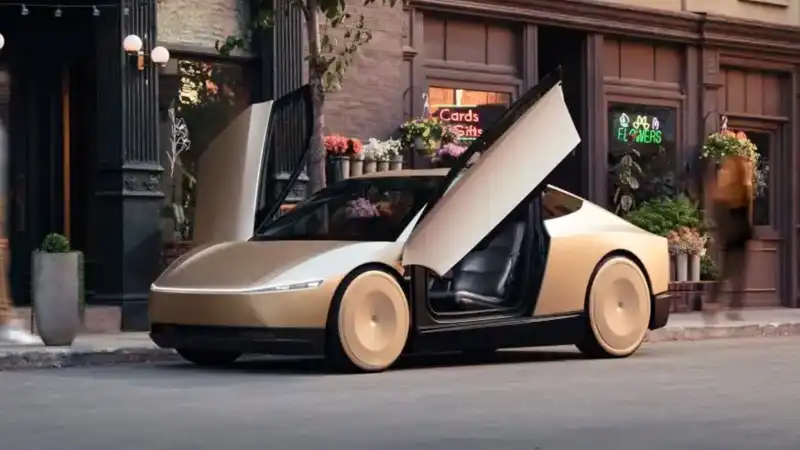
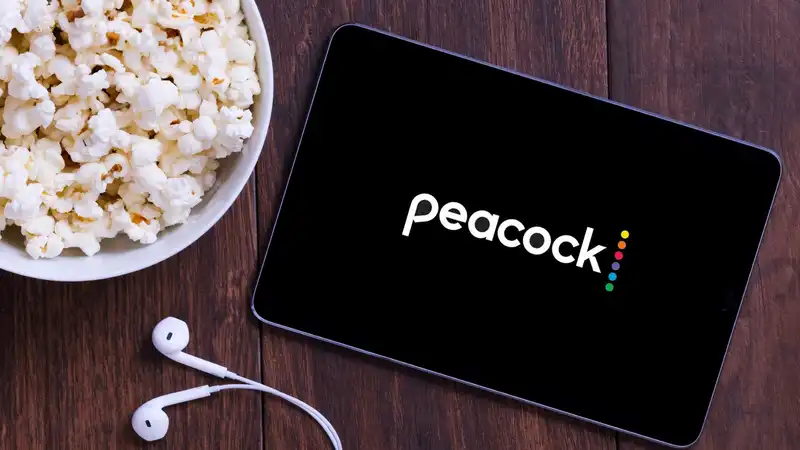
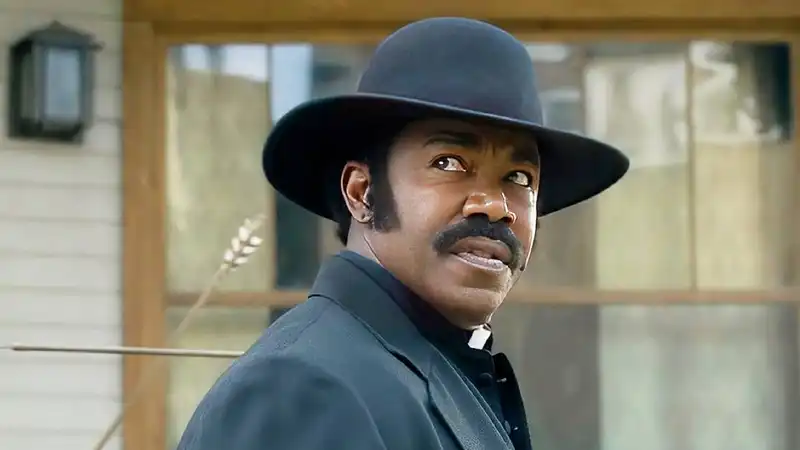

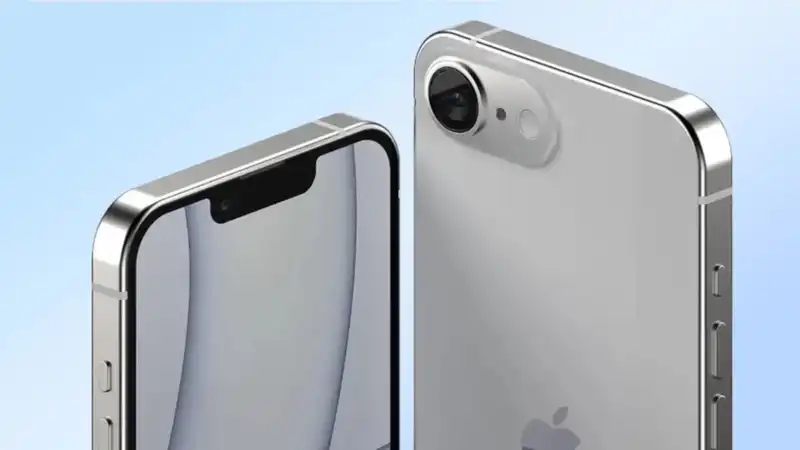


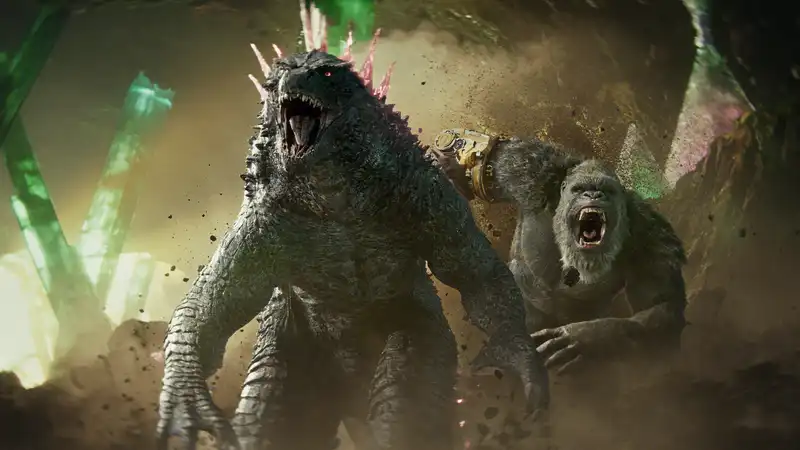

Comments